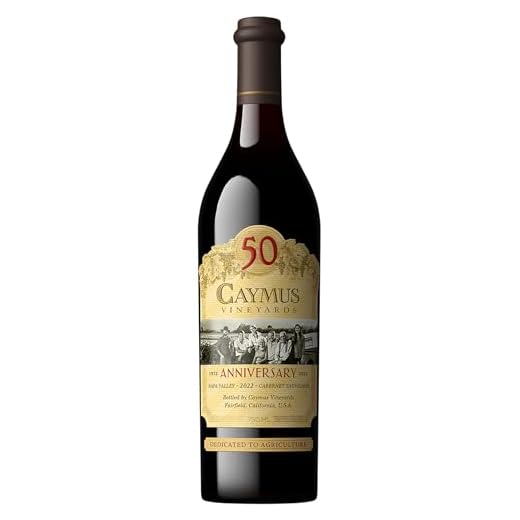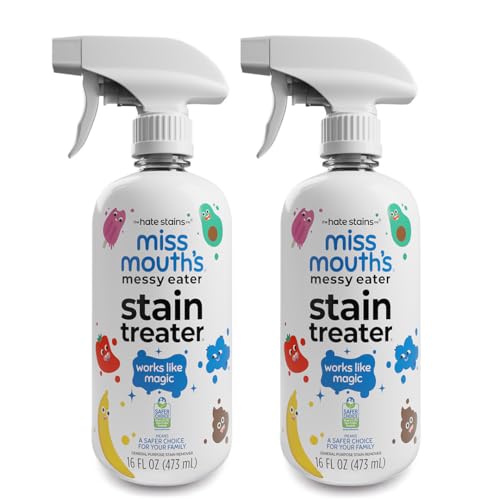



For those mindful of their carbohydrate intake, a glass of this deep-hued elixir typically contains minimal amounts of sugars, averaging around 1 to 4 grams per serving. This makes it a suitable choice for individuals following low-carb diets or those monitoring their sugar consumption.
The fermentation process transforms most of the natural sugars from the grapes into alcohol, resulting in a beverage that is relatively low in residual sweetness. However, variations exist depending on the varietal and winemaking techniques employed, so it’s essential to pay attention to labels and tasting notes for specific insights.
Choosing options labeled as “dry” will generally ensure lower sugar content. These selections focus on the wine’s complex flavors without added sweetness, making them an excellent pairing for a variety of culinary delights. As a sommelier, I always encourage exploring different styles to find the right match for your palate while keeping dietary preferences in mind.
Understanding Carbohydrate Content in Wine Varieties
For those conscious of dietary choices, exploring the sugar content in various wine types is essential. In general, a standard serving of this fermented beverage contains approximately 0.5 to 1.5 grams of sugar per ounce. Factors affecting these levels include the grape variety, fermentation process, and whether the beverage undergoes malolactic fermentation.
Factors Influencing Sugar Levels
- Grape Variety: Different types of grapes have varying natural sugar contents. For instance, sweeter varietals like Zinfandel may have higher residual sugars compared to drier options such as Cabernet Sauvignon.
- Fermentation: The method used during fermentation significantly impacts the final sugar levels. A complete fermentation process converts most sugars into alcohol, leading to a drier product.
- Malolactic Fermentation: This secondary fermentation can reduce acidity and produce a creamier texture, potentially affecting perceived sweetness.
Choosing Wisely
When selecting a bottle, consider looking for descriptors such as “dry” or “off-dry” on the label. These terms provide insight into the sugar levels. Additionally, tasting notes can guide you toward options that align with your preferences without excessive sweetness.
For a lower sugar experience, focus on varietals like Pinot Noir or Syrah, which typically showcase less residual sugar. Always check for specific details from producers or industry professionals to make informed decisions that suit your palate and dietary needs.
Types of Red Varietals and Their Carb Levels
Choosing a variety can significantly impact carbohydrate consumption. Here’s a breakdown of popular types and their approximate carb content per 5 oz (150 ml) serving:
- Cabernet Sauvignon: Typically contains around 4 grams of sugar, translating to about 3-4 grams of carbohydrates.
- Merlot: A medium-bodied choice, often has about 3-4 grams of sugar, resulting in similar carb levels.
- Pinot Noir: Generally lower in sugar, averaging around 2-3 grams, which means roughly 2-3 grams of carbohydrates.
- Syrah/Shiraz: This bold varietal can contain about 4-5 grams of sugar, leading to 4-5 grams of carbs.
- Zinfandel: Known for its fruitiness, it may have higher sugar levels, often around 5-6 grams, equating to 5-6 grams of carbohydrates.
For those monitoring intake, it’s wise to consider not only the variety but also the region and production methods, as these factors can influence sugar levels. For example, wines made in warmer climates may have higher sugar content due to riper grapes.
When selecting a bottle for a meal, pairing with foods that complement the flavor profile can enhance the experience. For an effective cleaning solution for your wine glasses and decanters, consider using the best cleaning agent to pressure wash concrete block, which can help maintain your glassware in pristine condition.
How Fermentation Affects Carbohydrate Levels
During the fermentation process, sugars from grapes are converted into alcohol and carbon dioxide by yeast. This is a critical phase that directly influences the residual sugar content in the final product. The extent of sugar conversion depends on various factors, including the yeast strain used, fermentation temperature, and duration of fermentation.
In many cases, winemakers may choose to stop fermentation before all sugars are transformed, leading to a sweeter profile. This results in a higher level of unfermented sugars, which can significantly affect the overall carbohydrate count. For example, a wine that undergoes complete fermentation will typically have lower residual sugar compared to one where fermentation was halted early.
Some winemakers also employ techniques like malolactic fermentation to alter the taste and texture, which can further influence sweetness perception without necessarily changing the actual sugar content. Understanding these nuances allows for better appreciation and selection of different varietals based on personal preference for sweetness.
Monitoring sugar levels during fermentation is a key aspect of the winemaking process. Regular testing helps ensure that the desired flavor profile and balance are achieved, which ultimately impacts the carbohydrate levels in the finished product. Thus, the fermentation process is not only crucial for alcohol production but also for determining the sweetness and carbohydrate content of the final product.
Comparing Red Beverage to Other Alcoholic Beverages
In terms of carbohydrate content, this type of drink generally holds a lower level compared to many beers and sweetened liquors. For instance, a typical light beer may contain around 5-10 grams of carbohydrates per serving, while sweeter cocktails can easily exceed 20 grams, depending on mixers used. In contrast, a standard glass of this dark elixir typically features less than 5 grams of sugars, making it a preferable choice for those monitoring their intake.
Spirits like vodka or gin offer no carbohydrates when consumed neat. However, cocktails made with these spirits often include sugary mixers that can raise carbohydrate levels significantly. The choice of mixology should be carefully considered, as it can dramatically alter the nutritional profile of the drink.
Champagnes and sparkling wines typically contain higher sugar levels, especially those labeled “Demi-Sec” or “Sweet.” These can range from 10 to 50 grams of residual sugar per bottle, resulting in a higher carbohydrate count. In contrast, brut varieties maintain a lower sugar level, often comparable to their darker counterparts.
When assessing choices, understanding the fermentation process is key. Most alcoholic beverages undergo fermentation, but the residual sugars can vary widely. For a more informed decision, always check the labels or consult with knowledgeable staff at establishments focused on beverage education.
Ultimately, for those prioritizing lower carbohydrate beverages, opting for a glass of this dark liquid can be a satisfying choice, especially when paired with food, enhancing both the dining experience and nutritional balance.
Impact of Carbs in Red Wine on Dietary Choices
Choosing a beverage can significantly influence dietary plans, especially for those monitoring their carbohydrate intake. Understanding the carbohydrate content in fermented grape drinks aids in making informed decisions. A standard serving typically contains between 3 to 5 grams of sugars, depending on the style and production method.
For individuals adhering to low-carb lifestyles, certain varieties may be more suitable than others. Opting for dry options often yields lower sugar levels, making them a favorable choice for maintaining dietary goals. A comparative analysis of different types shows that wines from regions renowned for their robust varietals often have reduced residual sweetness.
| Type of Wine | Approximate Sugar Content (g per 5 oz) |
|---|---|
| Cabernet Sauvignon | 3-4 |
| Merlot | 3-5 |
| Pinot Noir | 2-4 |
| Syrah/Shiraz | 3-5 |
| Zinfandel | 5-7 |
For those who enjoy pairing food with their drink, understanding these levels allows for better combinations. A meal rich in protein or healthy fats pairs well with drier options, enhancing flavors without overwhelming the palate with excess sweetness.
Monitoring how these beverages fit into a balanced diet can provide clarity in making choices that align with personal health objectives. Whether savoring a glass during a meal or socializing, being aware of what is in your glass can enhance the overall experience.
Tips for Choosing Low-Carb Red Varietals
Opt for wines labeled as dry, as they typically contain fewer sugars. Look for choices such as Cabernet Sauvignon, Merlot, and Pinot Noir, which generally have lower carbohydrate counts compared to sweeter options.
Examine the alcohol content; higher levels often indicate lower residual sugars. Select bottles with an alcohol percentage of 13.5% or higher, as they are likely to have undergone more complete fermentation.
Consult tasting notes or seek advice from knowledgeable staff in wine shops. They can guide you towards selections known for their minimal sweetness and enhanced complexity.
Pay attention to the region of production. Old World varieties, especially from France and Italy, usually focus on balance and less sugar, while New World wines may trend sweeter.
Always check the nutritional information if available. Some producers provide detailed data, which can help you make informed choices.
Experiment with food pairings to enhance your experience. Dry selections often complement savory dishes beautifully, allowing the flavors to shine without the interference of excess sugars.
Lastly, trust your palate. Taste various options to determine what best suits your preferences while maintaining lower carbohydrate intake.









